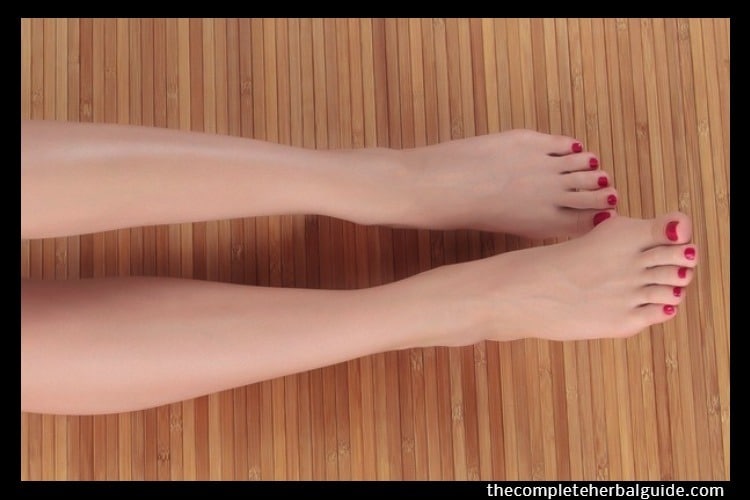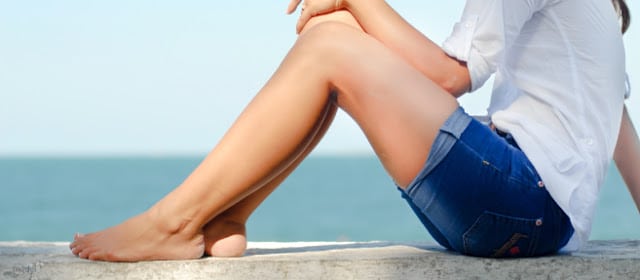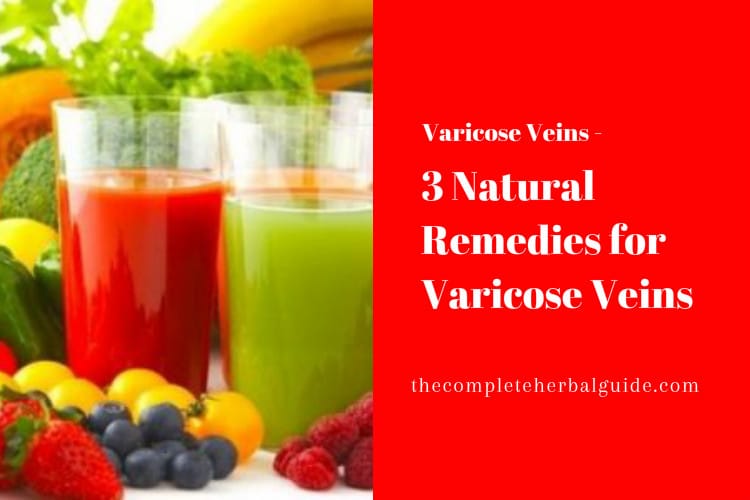
Six Things You Should Know About EVLT
Venous insufficiency is a prevalent condition in the circulatory system experienced by most of a quarter of American adults, especially women. It occurs when valves in veins that frequently prevent blood from flowing backward in between heartbeats become damaged or defective and lose their ability to close properly. This results in blood backing up and collecting in the veins, causing them to expand like a balloon and protrude just below the surface of the skin. These enlarged and twisted veins are called varicose veins, also referred to as varicose or varicosities. In most cases, they’re harmless and merely unsightly, but sometimes they can be painful, itchy, and swollen in appearance and even cause skin damage.
Whether for cosmetic or health concerns, Endovenous Laser Therapy or EVLT has become the leading treatment option for those living with varicose veins. EVLT is an FDA-approved procedure that involves using laser energy via a catheter guided by ultrasound to close off blood flow from the affected veins and naturally rerouting the blood through healthy veins nearby. This allows the protruding veins to shrink, reducing their appearance and associated discomfort in the affected areas. Eventually, the now inactive veins are absorbed by surrounding tissue.
If you are living with one of the 3 million cases of varicose veins arising each year in the US, here is what you need to know when considering Endovenous Laser Treatment.
Table of Contents
The Procedure Can Be Done In Less Than An Hour

Thanks to advances in modern medical technology, the treatment can typically be performed right at a medical clinic and in less than an hour. Earlier vein treatments require hospitalization and a rather lengthy process with multiple consultation appointments. Now, you can quickly schedule procedures over the phone or online without the need for multiple visits.
EVLT Is Virtually Painless
No one enjoys the pain typically associated with any significant treatment. But with EVLT there is very little pain experienced. The patient feels at most a tiny prick as they are put under local anesthesia (or less commonly general anesthesia) as the clinician inserts a fiber-optic into teaching the affected veins via a small incision. Other formerly leading methods such as ligation and vein stripping require more frequent, deeper incisions resulting in more pain and recovery periods of two to three weeks. A tightening sensation in the legs following EVLT can sometimes occur but usually only lasts for a few days.
You’ll Be Back On Your Feet In No Time

Following the surgery most patients can resume their daily activities right away, making it the ideal method of treatment for busy adults. While you will need to wear a compression bandage to prevent the veins from reopening and avoid flying, long car trips, and high-impact activities for up to three weeks, there is no need for extra bed rest. It is recommended that patients remain active to facilitate proper blood flow and shorten recovery time.
There Is a Nearly-Perfect Rate of Success
Complications with EVLT are infrequent. When performed by a skilled professional, clinical studies have shown EVLT to be nearly 98% effective at reducing the appearance of varicose veins and eliminating associated discomfort in the long term. That means very few patients have reported the reappearance of their varicose veins in the years following treatment. In contrast, Sclerotherapy has only an 80% rate of success making EVLT a superior method of treatment. Fewer follow up appointments and therapy means money saved and more time spent enjoying your new, vein-free lifestyle.
Insurance May Cover the Costs

Although every healthcare insurance provider is different, many do cover the treatment of varicose veins, including EVLT, when performed out of medical necessity. Typically, patients may have to prove one or more of the following to receive coverage:
- Their condition is inhibiting daily activities
- The affected veins are causing other complications such as cramps, vein ruptures, swollen legs, or leg ulceration
- Pain is being experienced as a result of the condition
- The condition is not improving as a result of more conservative treatment methods such as the use of a compression hose
Speak with your insurance provider for their specific requirements for coverage under your plan. As an alternative, health care financing through CareCredit can help ease the burden of related costs and sometimes come with an individual payment plan or reduced-APR offers.
No Need To Worry About Unsightly Scars
With a minimally-invasive method such as EVLT, patients do not have to worry about any noticeable scarring after the procedure. Although, there might be some minor bruising or numbness in the treated area that typically goes away within a few weeks. The use of a small fiber to transmit laser energy directly into blood vessels through micro-incisions means that there is no need for sutures and no markings left behind. Patients can feel confident and free to show off their new legs in shorts or dresses after the compression period.
Natural Remedy Alternatives
Walking
The best exercise is walking. Walking is a low-impact activity that stretches and strengthens your calf pump, thereby improving your blood flow.
Set a goal to walk 30 minutes a day, at least five days a week. Park farther away when shopping so you can walk a little longer. Your veins will thank you for it!
Exercise and Varicose VeinsStationary Bike & Elliptical
Other low-impact exercises like riding a stationary bike or using the elliptical are great for exercising the calf muscle and improving calf pump blood flow without placing stress on your joints and bones.
Maintaining a Healthy Weight
People who are overweight are more likely to develop varicose veins, especially overweight women and elderly people. Carrying excess body weight puts higher amounts of pressure on your veins and can contribute to inflammation or reflux, especially in the largest superficial veins, such as the saphenous vein in the legs.
Essential Oils for Balancing Hormones
Many different essential oils are beneficial for improving blood flow while also lowering inflammation and hormonal imbalances. One of the best for specifically treating vein problems is cypress oil, which has the ability to increase circulation and support the circulatory system. Try rubbing five drops of cypress essential oil on the problematic area twice daily for several weeks. If you experience muscle aches, swelling, or skin blisters, try using other diluted essential oils like peppermint, tea tree, and lavender oil in small amounts to soothe problem areas.
An Anti-Inflammatory Diet
Certain foods help reverse inflammation and improve blood flow, making it possible to heal varicose veins faster and prevent future ones from forming. A poor diet — high in things like trans fats, sugar, caffeine, alcohol, and processed foods — can contribute to arterial damage, low circulation, blood pressure problems, hormonal imbalances, and weight gain. Many of these foods are also high-sodium foods, which is dehydrating, and contain toxins that can worsen swelling of varicose veins.
Some of the best anti-inflammatory foods for reducing the appearance of varicose veins include:
- High-fiber foods
- Natural diuretics — Doctors sometimes use diuretic pills to help increase urination and reduce water retention or swelling. You can get the same effect safely by consuming things like fresh herbs (parsley, cilantro, basil), fennel, dandelion greens, cucumber, asparagus, and celery.
- Magnesium-rich foods
- Wild-caught fish
- Apple cider vinegar (ACV) — ACV improves circulation in the vein walls and is an effective anti-inflammatory. Many people find that using ACV along with witch hazel on varicose veins helps lower swelling and improves their appearance within just a few weeks.
Natural Herbs Including Bilberry and Horse Chestnut
Bilberry and horse chestnut, two plants that are thousands of years old and popular folk remedies, have been found to be both effective and safe for treating varicose veins. Both have been studied for chronic venous insufficiency that causes pain, ankle swelling, feelings of heaviness, itching, and nighttime leg cramping. They’re also beneficial for lowering water retention, circulatory problems, swelling, diarrhea, PMS cramps, and other skin-related conditions.







